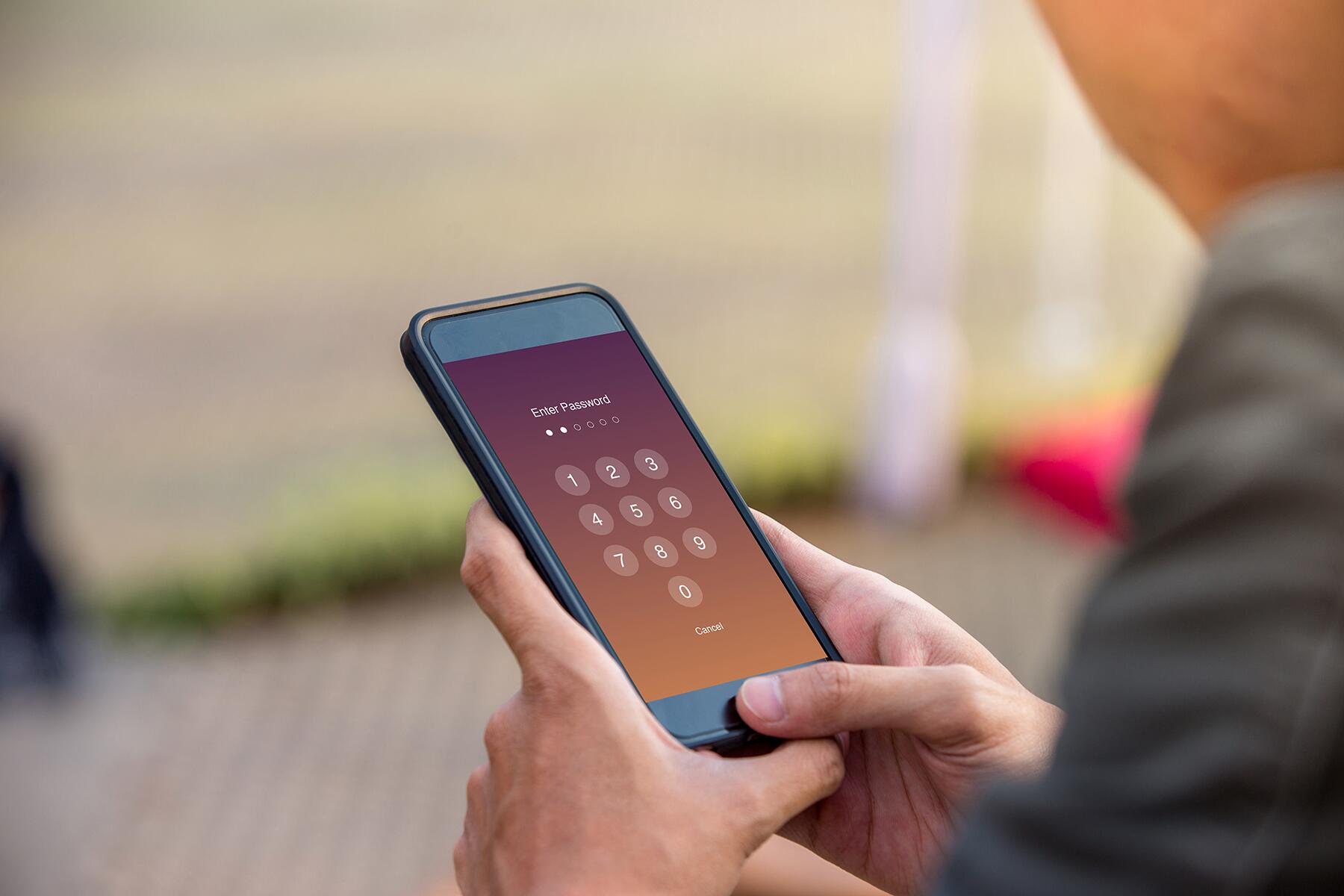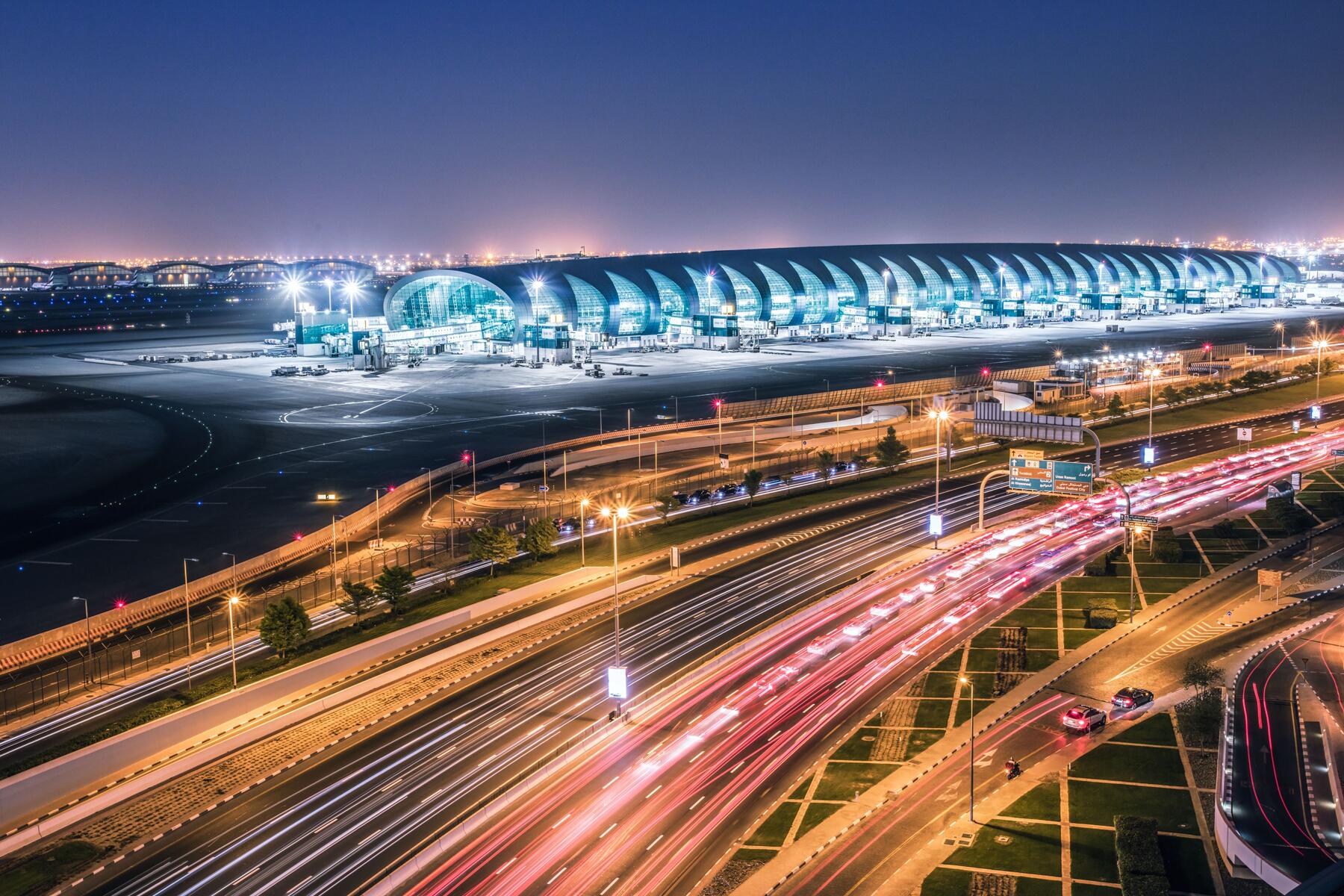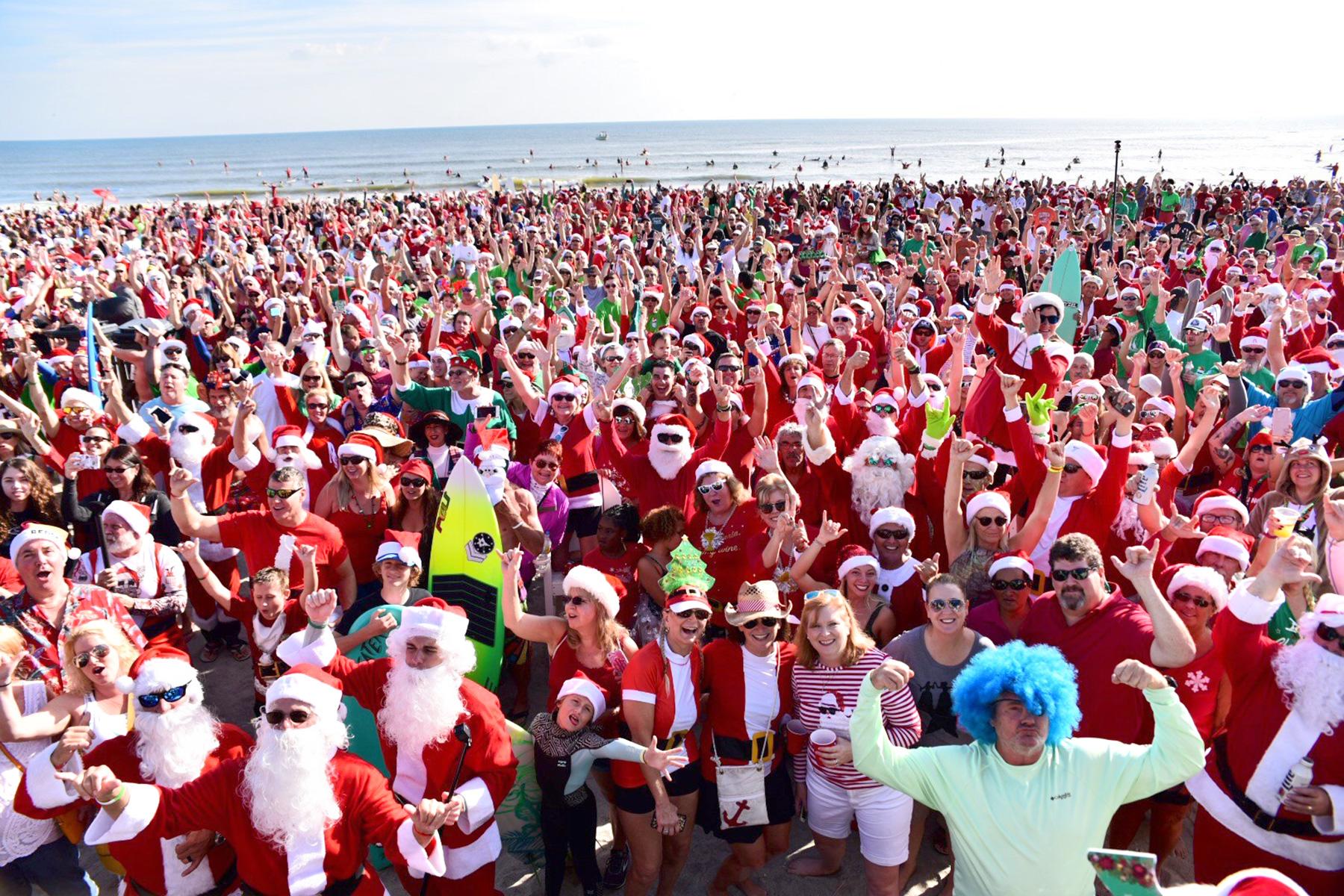Read before the New Year rush.
For the past two years, New Year’s Eve parties were scaled-down versions of their wild selves. But the restrictions in place due to COVID-19 have mostly disappeared from around the world, so this holiday season, you can have the freedom of movement. Concerts, events, street parties, and bar hopping are back on the calendar, so it’s going to be a wildly different end to the year post-pandemic.
What it also means is that you will be dealing with crowds. At most ticketed, seated, and planned events, you have little cause for concern. Organizers plan ahead, assess situations, and make contingency plans for crowd management. At these New Year’s Eve parties, for example, roads are blocked, people are stopped from entering if the density increases, and police and security are stationed for any eventualities.
But crowd crushes do happen. In 2021, at Travis Scott’s Astroworld concert in Houston, 10 people died. In Indonesia, more than 130 died in October at a football match when police deployed tear gas to control fans. More recently, on Halloween this year, 158 young adults tragically lost their lives in Seoul due to poor crowd management.
These were not incidents of panic or stampede—people were not behaving in distress. These happened because of a surge in the crowd.
Recommended Fodor’s Video
Related: 10 Best Places in the U.S. to Celebrate New Year’s Eve
What Are Crowd Crushes?
According to The Guardian, when the density increases to five or more people per square meter, people can no longer move on their own accord. Bodies are so tightly packed that lungs don’t expand, causing people to lose their breath. Crowds behave like liquid, and any push sends a wave through them. Immense pressure can cause people to fall or trip (or they faint due to lack of oxygen), and they are pushed against walls or obstructions. Now that this wave has nowhere to move, people get trapped until the pressure is relieved.
When a person falls, it can lead to a crowd collapse with more people falling. The pressure of tightly packed together crowds can suffocate you, and it can also cause spinal injuries, rib fractures, and internal bleeding. In a concert, people at the front by the stage can get crushed by the pressure from the back, and those in the middle feel the surge from front and back, squeezing them. In the case of fires too, crowd surges can cause people to fall or get crushed. These can also cause stampedes.
How to Stay Safe in a Crowd
As mentioned earlier, well-planned events are unlikely to end up in a crowd crush. Organizers and crowd managers keep a check on density and chalk out entry and exit routes. Even so, if you are attending an event, you should be alert and aware of your surroundings.
1. The first thing to know is how the event is planned: is it a ticketed event with assigned seats or a standing event? If it looks dense, stay away from the packed crowds in the middle, hang out in the back, and follow instructions. When you first arrive, make a note of all the possible exits. When the crowd gets dense, the nearest exits become jammed, so the safest bet is some other pathway. Have an exit plan in case of a crowd surge. Also, notice if there are security personnel or crowd managers controlling the entry of crowds and announcing instructions. A lack of them should be a warning sign to stay out back.
2. To avoid getting tripped, wear comfortable shoes and clothing that isn’t overly flowy. Dropping your phone or losing an expensive piece of jewelry can make you look for it on the floor, so make sure you have a front pocket for your phone and nothing expensive on your person.
3. Experts also advise eating well before the concert and staying hydrated. Saying no to that tumbler of beer may also be beneficial. Alcohol dehydrates you and dulls your senses. In this case, it will mean you may be slower to react to situations or notice your surroundings.
4. Which brings us to the next tip: act quickly if you notice the crowd is getting uncomfortable. In Seoul, many saw the situation at the metro station and turned away—that’s a good call. When you still have time to move, drop to the fringes, stick to the back, or exit altogether.
5. But if the worse happens and you find yourself in a crowd surge, conserve oxygen and energy. Don’t scream or yell because no one can hear you, and you will lose your breath.
6. The pressure from the crowd is too much to fight, so move with it rather than against it. And when the movement from the crowd stops, move diagonally toward the edge of the crowd. “Keep your hand in front of your chest like a boxer and keep firm footing,” the CDC says.
7. Holding your ground is important, but if you fall and can’t get up, curl up like a ball, the CDC advises.
8. During evacuations, listen to the instructions. Don’t bend to pick anything up. It’s a good idea to decide on a meeting point with your companions before the event just in case you separate from the crowd.
9. Take extra care if you’re attending with children. The Washington Post recommends putting children on your shoulders or having them wrap their legs around your waist, as shorter people will find it harder to breathe in crowds.
10. Staying calm in such situations is a tough ask. It’s not that people are acting maliciously by pushing and shoving. They’re not in control of their movements in the chaos, and they are trying to save their lives. So, take deep breaths and try not to panic.



